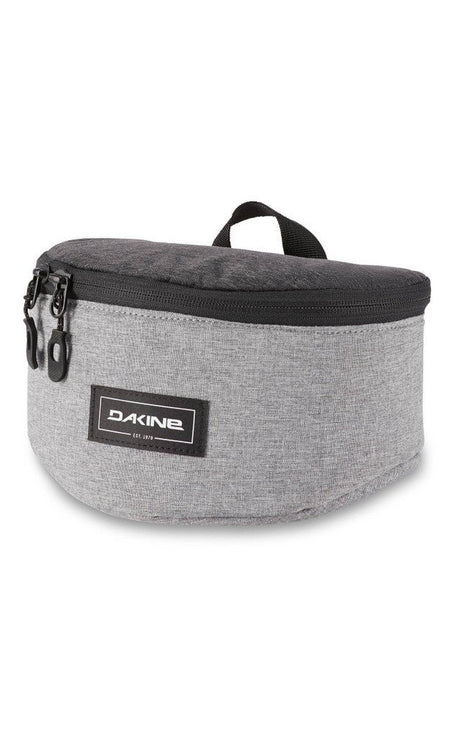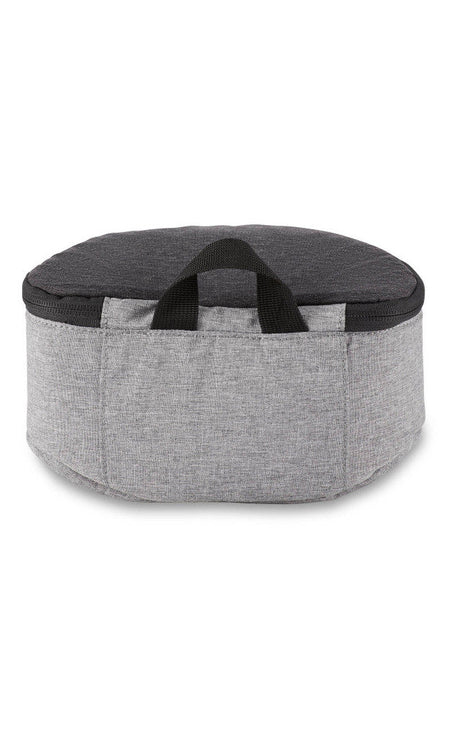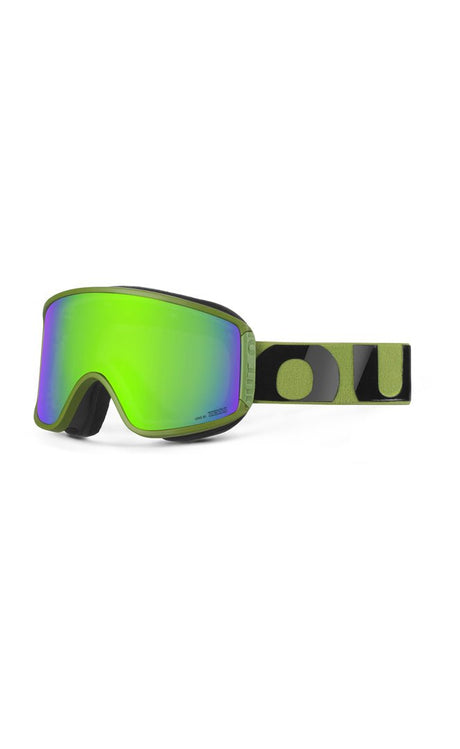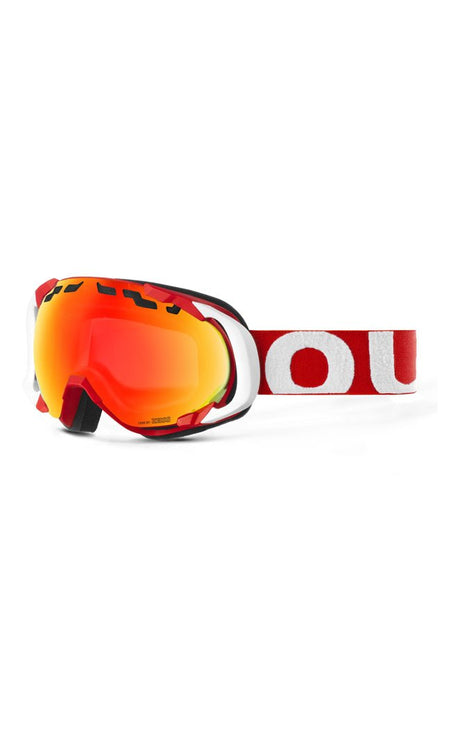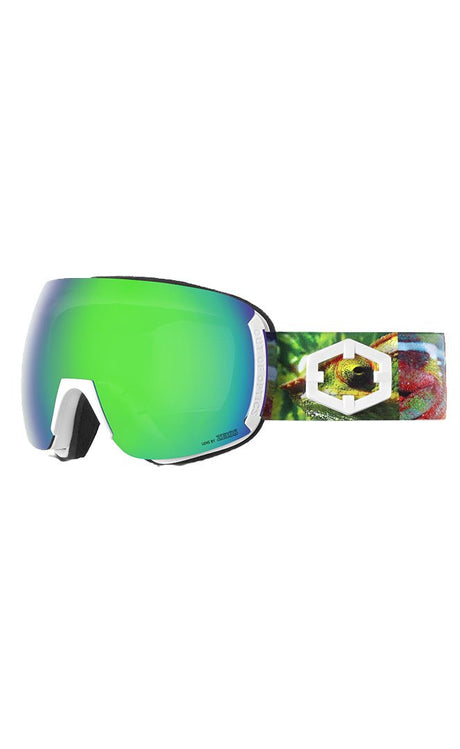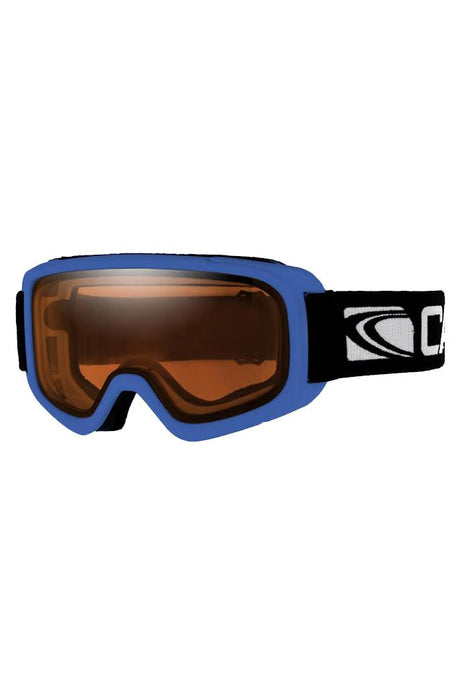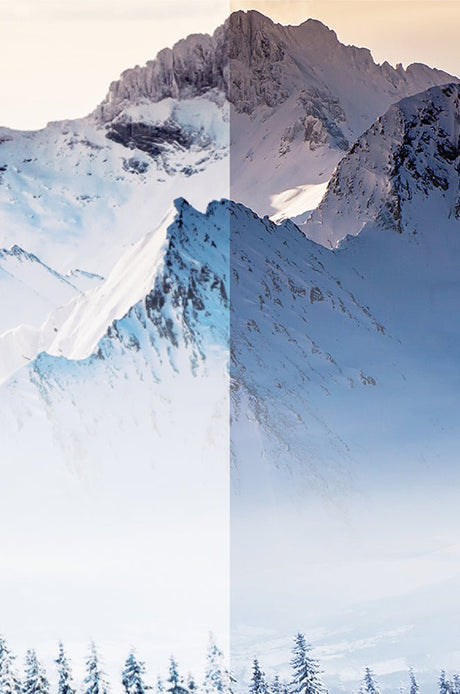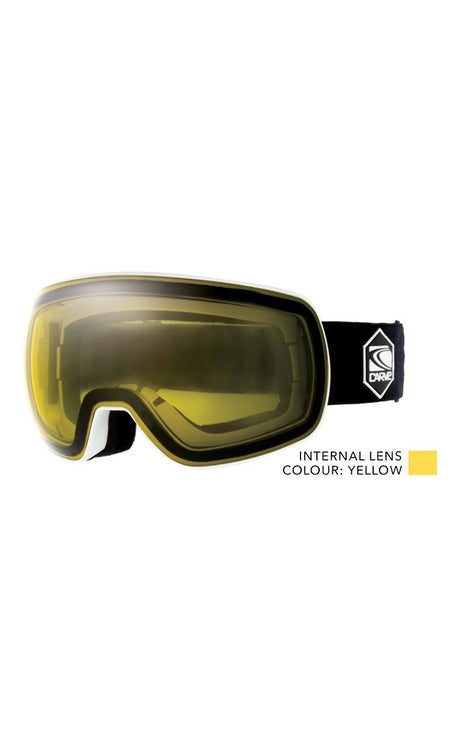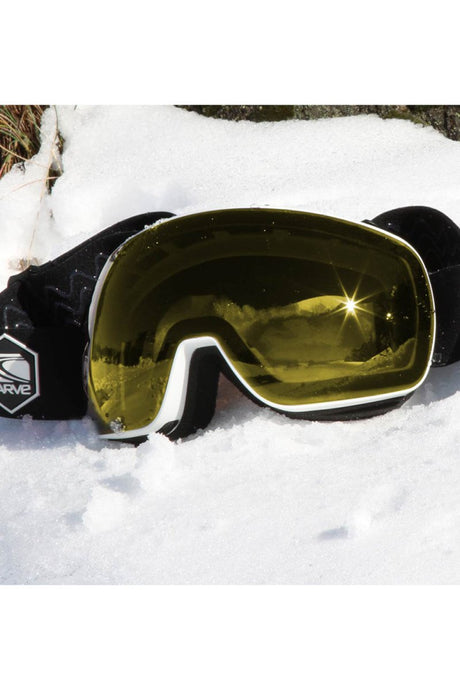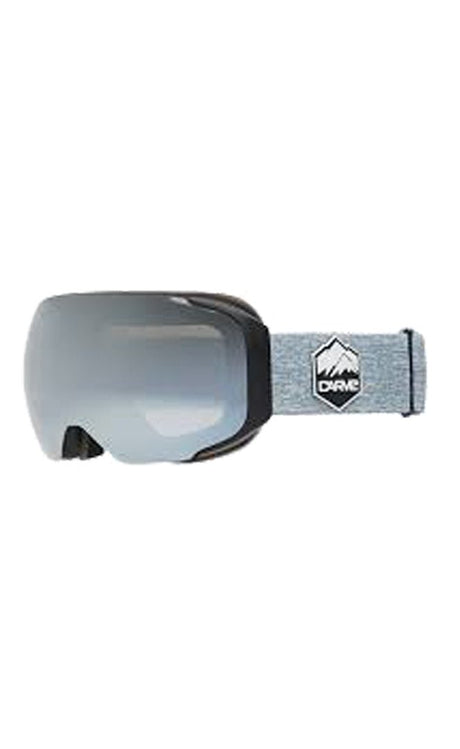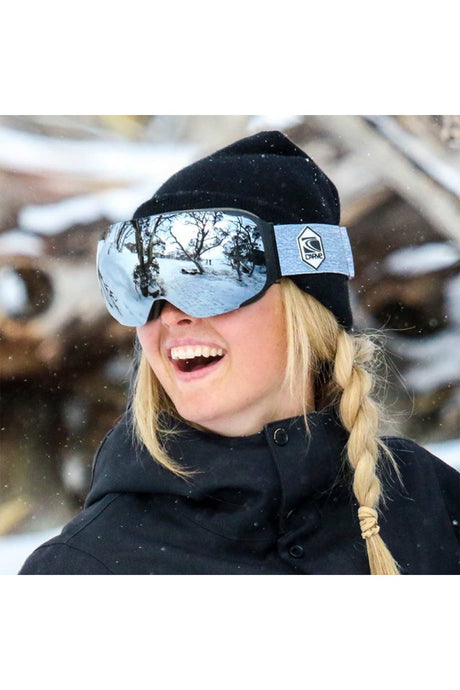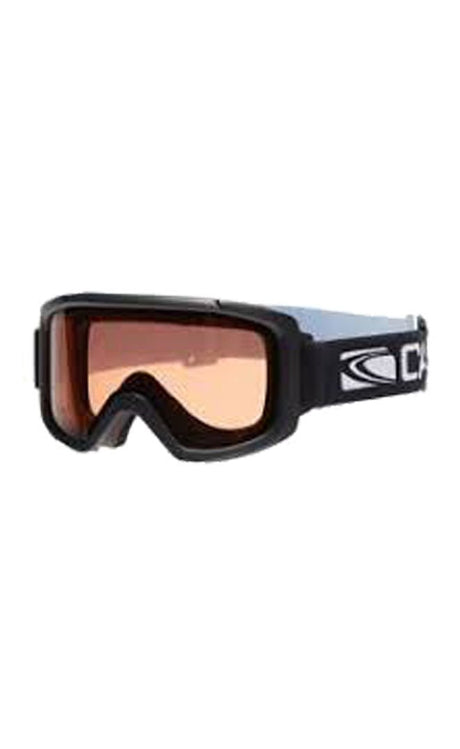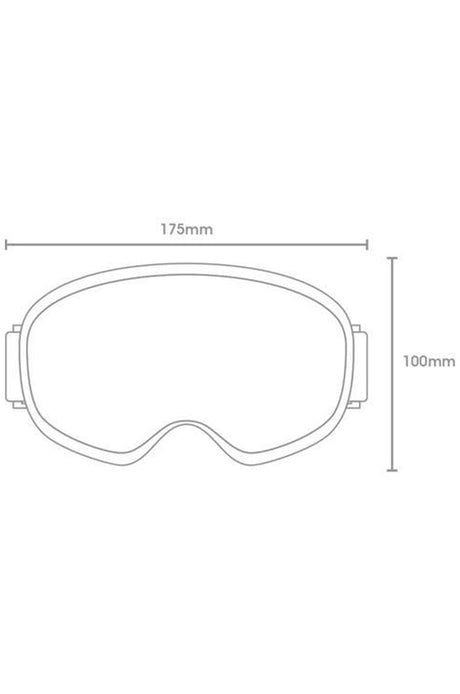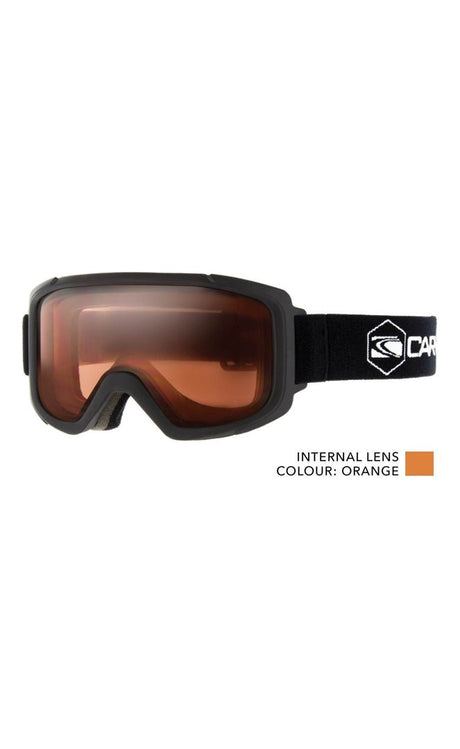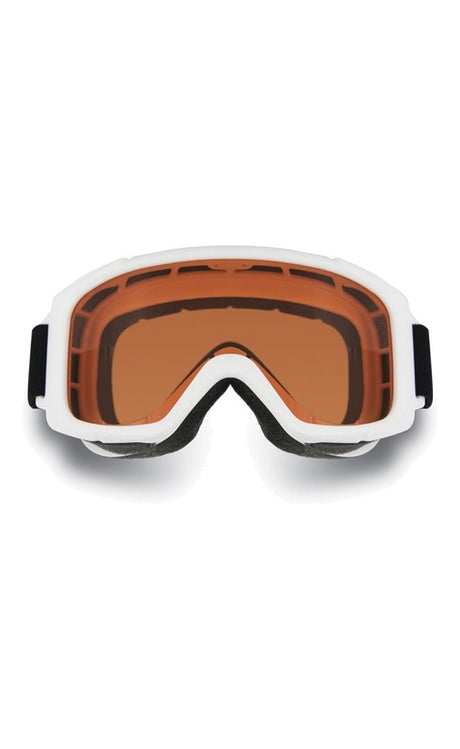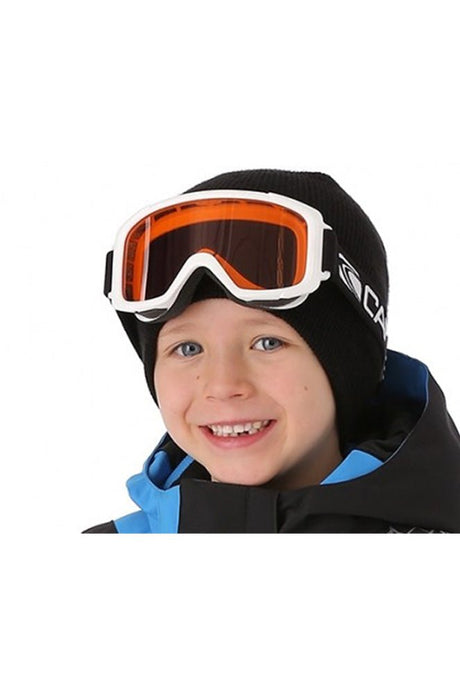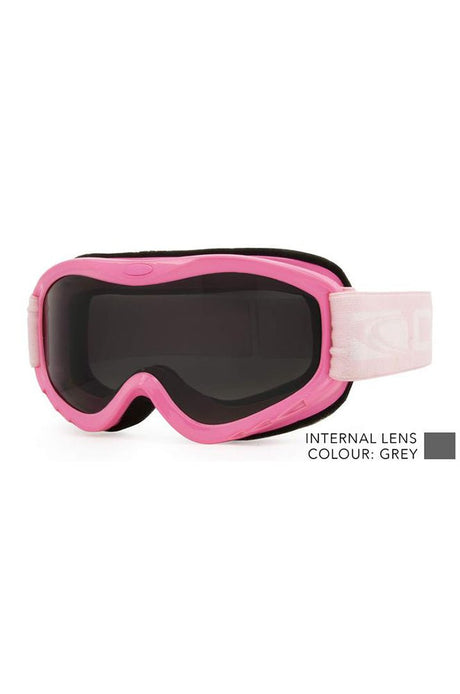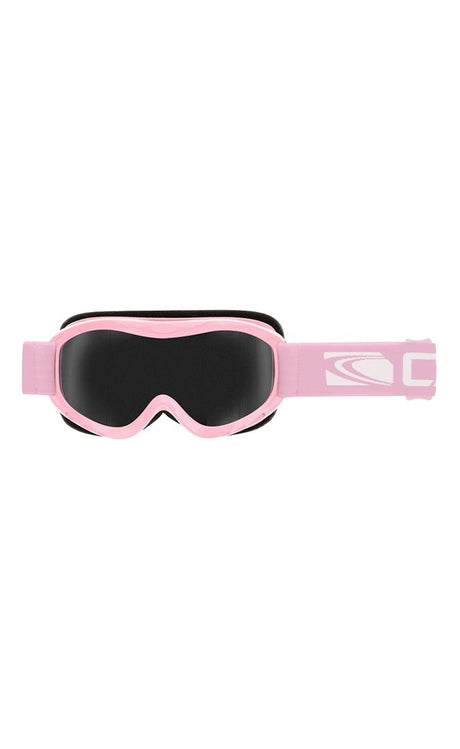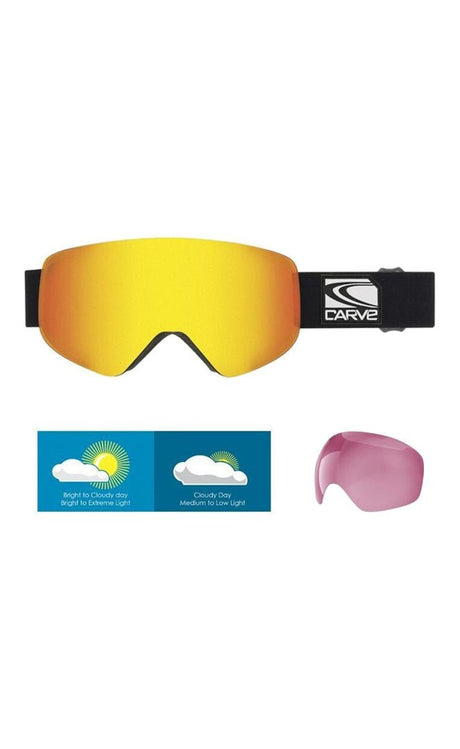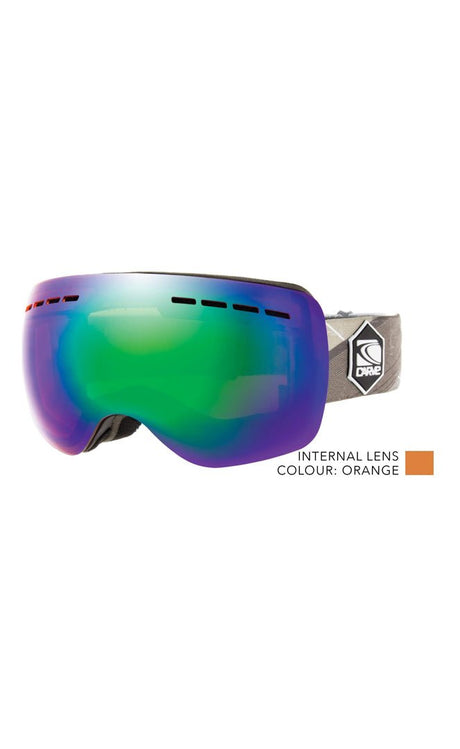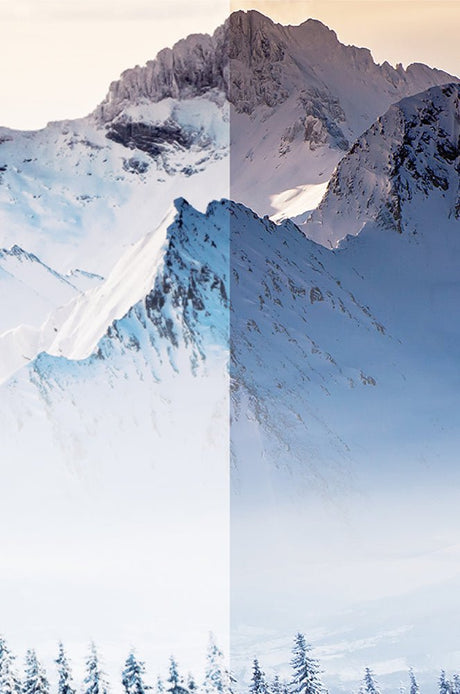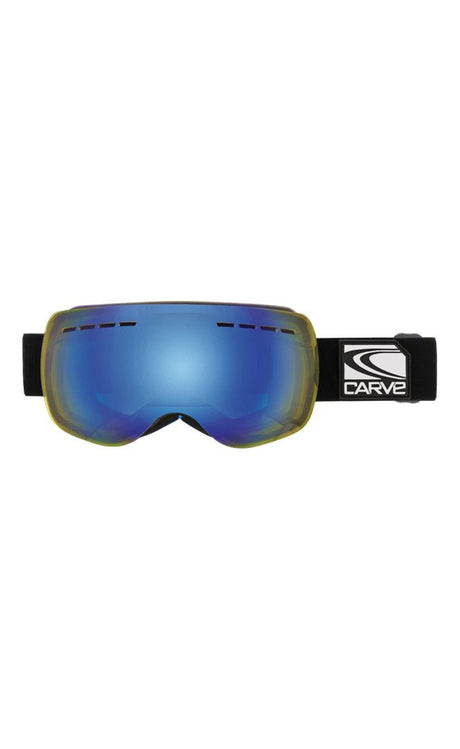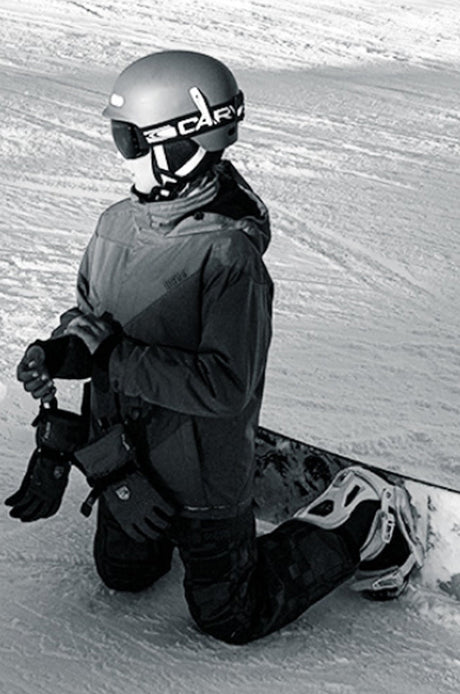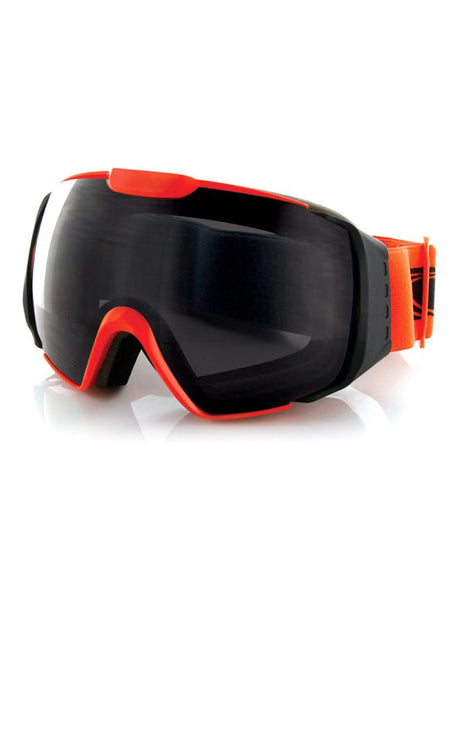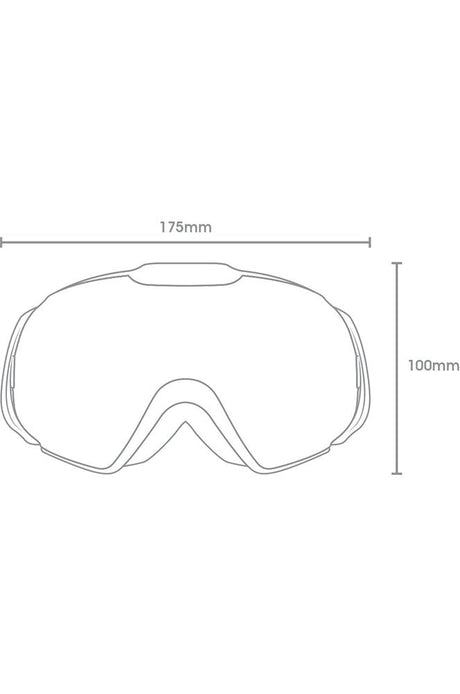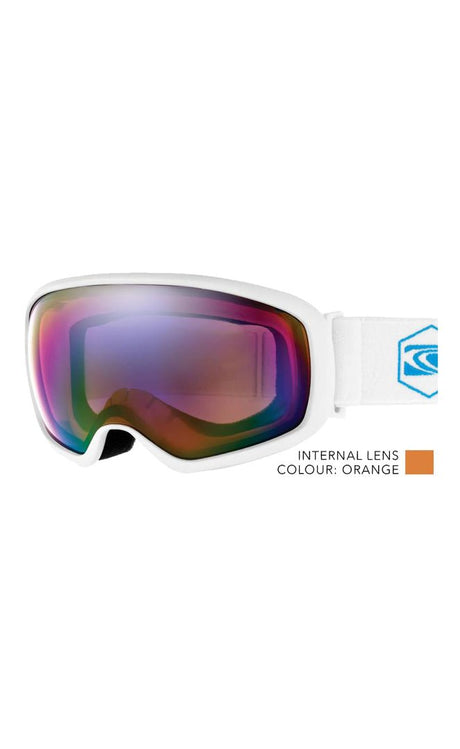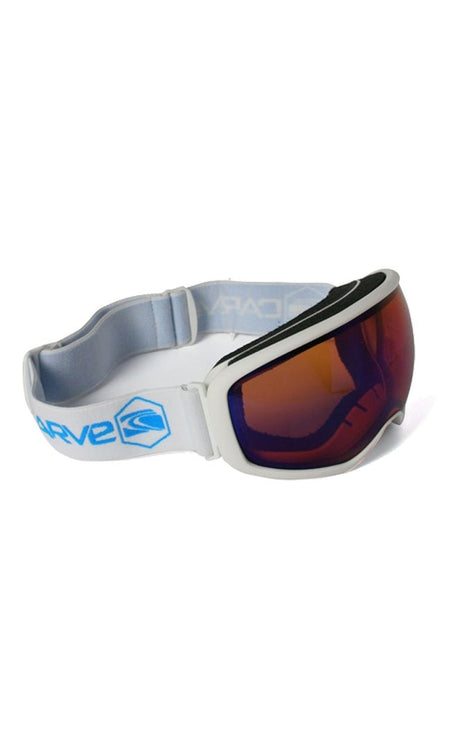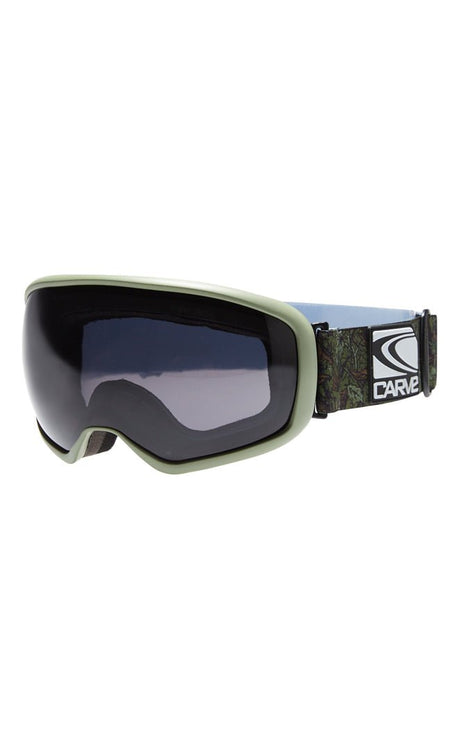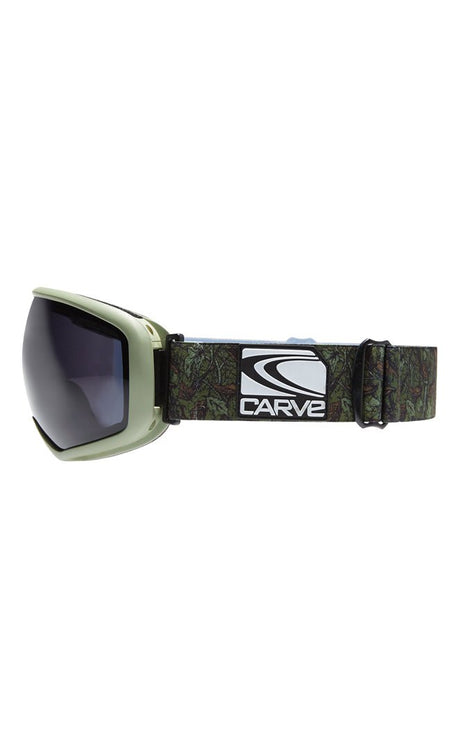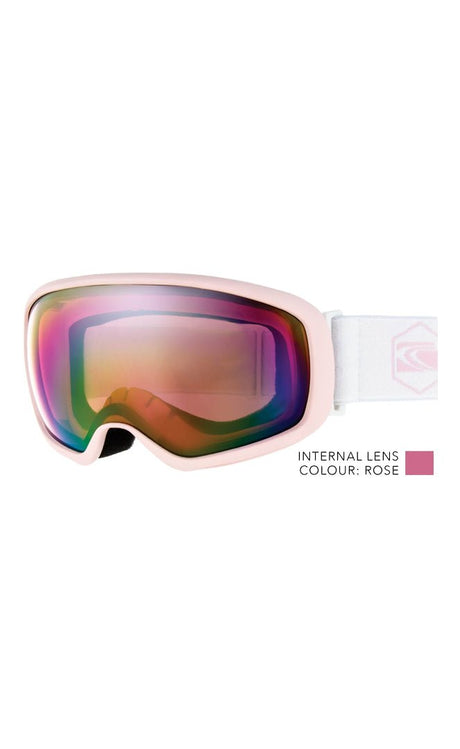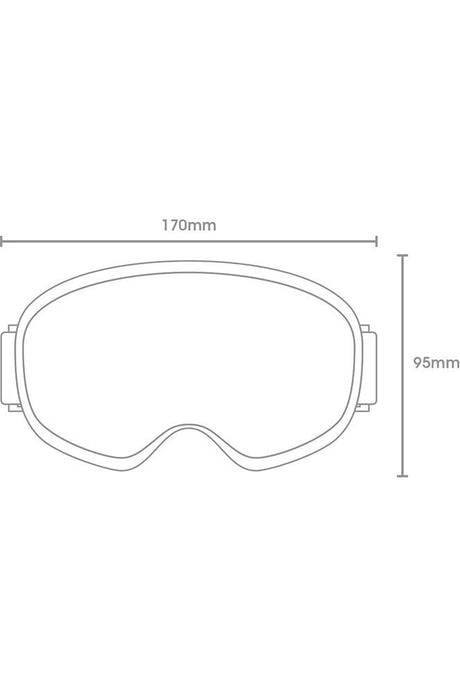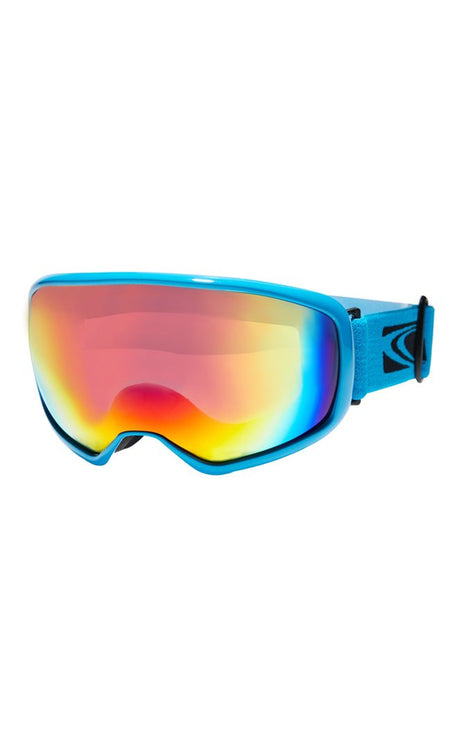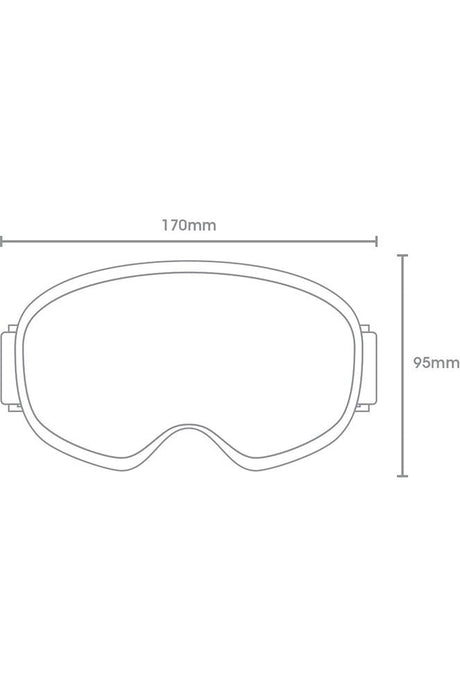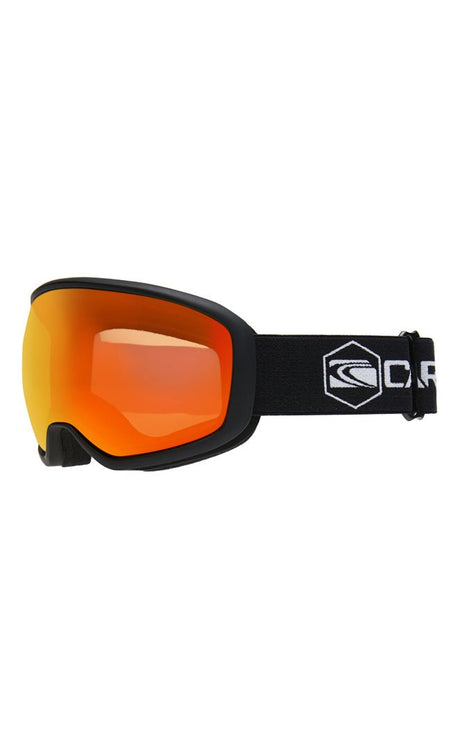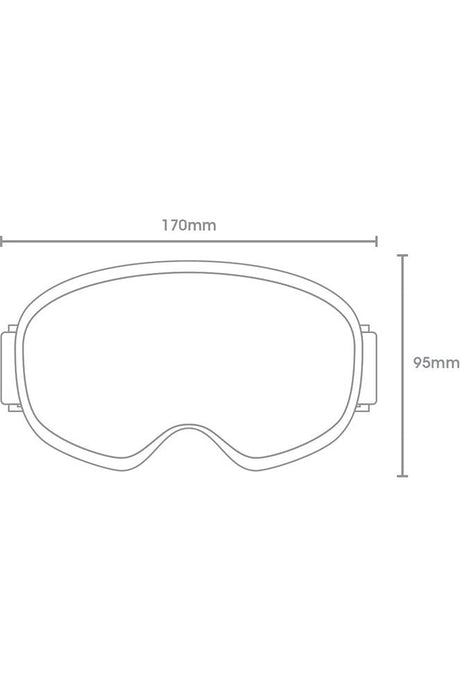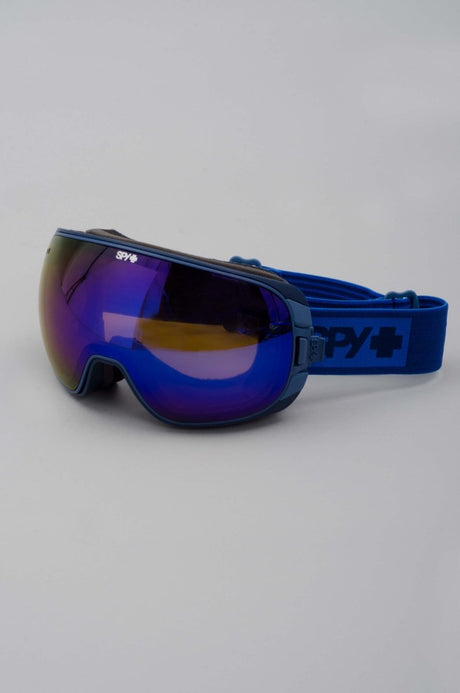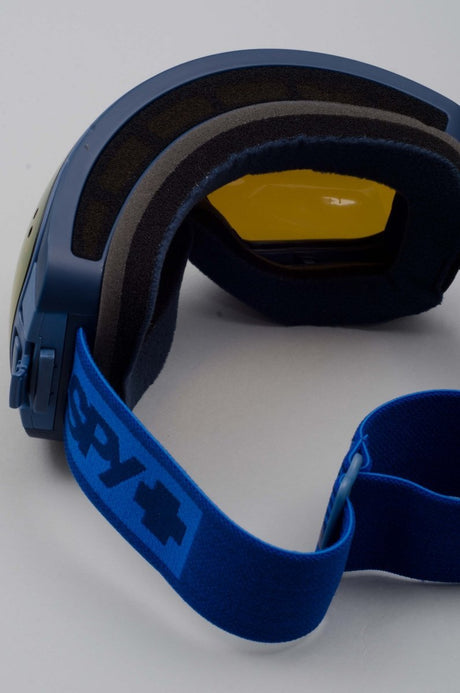Choosing a ski mask lens is essential to ensure good visibility and optimal comfort during your mountain outings. There are different types of lenses suited to each weather condition, as well as to the practice of skiing or snowboarding. In this article, we help you understand the different technologies and features to guide you in your choice.
The criteria to consider when choosing your ski mask lens
- Type of lens: there are cylindrical, spherical, and toric lenses, each offering a different vision.
- Glass treatment: specific treatments such as mirror or polarized help improve contrast and reduce glare.
- Protection categories: screens are classified from category 0 to 4 according to their level of UV protection and visible light filtration.
- Size and compatibility: make sure that the screen you choose fits perfectly with your ski mask and your morphology.
Understanding the different screen technologies
Chromatic, Reactive, Prism, OTG, Take Off, Frameless... What do these terms mean?
It is essential to decipher these technical terms to make the right choice:
- Chromatic : this is a photochromic glass technology that adjusts its tint according to the light intensity.
- Reactive: this technology also allows the glass to adapt to ambient brightness and thus provide optimized vision.
- Prism : this glass treatment enhances contrasts and the perception of reliefs, ideal for low light conditions.
- OTG (Over The Glasses) : these lenses are designed to be worn over prescription glasses.
- Take Off : some ski masks offer an interchangeable lens system to easily adapt the mask to weather conditions.
- Frameless : these ski goggles have no frame to offer a wider field of vision.
Choosing a screen suitable for your practice is therefore essential, whether for alpine skiing, snowboarding, cross-country skiing, or freeride.
Adapt your screen to weather conditions
Depending on the weather conditions, different types of screens may be recommended:
- For bright sunny days, choose a category 3 or 4 lens, which offers maximum protection against UV rays and reduces glare.
- In case of overcast skies or fog, opt for a category 1 or 2 lens to improve visibility and contrast.
- For changing days, chromatic or reactive photochromic lenses are suitable, as they automatically adjust to the brightness.
Comfort above all
Remember that the ski mask must be comfortable and stay securely in place throughout the day. For that:
- Make sure that the mask ventilation system is effective to prevent fogging on the screen.
- Check that the width of the elastic band is adjustable for optimal support on your ski helmet.
- Try several sizes and shapes of masks to find the one that best fits the shape of your face.
To choose the right ski mask lens, it is important to consider the different available glass technologies, as well as the protection categories suited to each weather condition. Don't hesitate to try different models to find the mask that offers the best comfort and visibility to fully enjoy your mountain outings.








